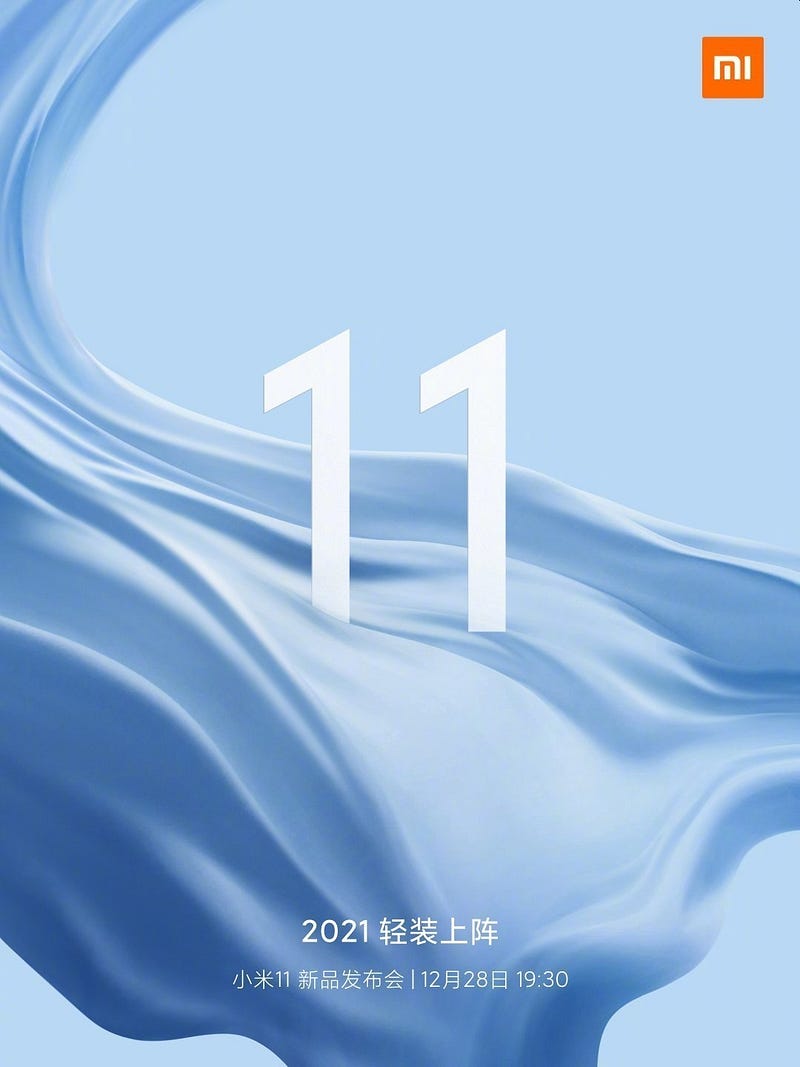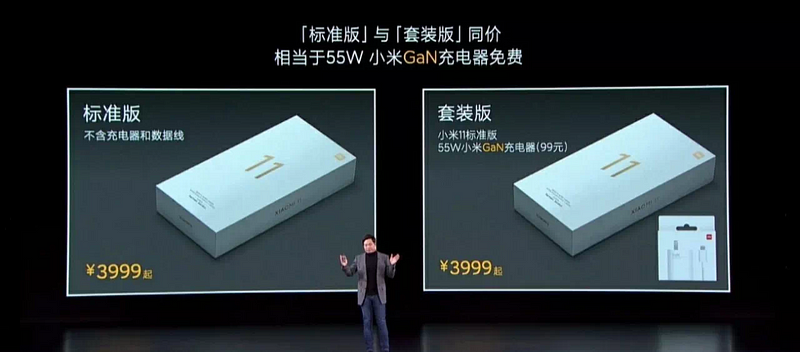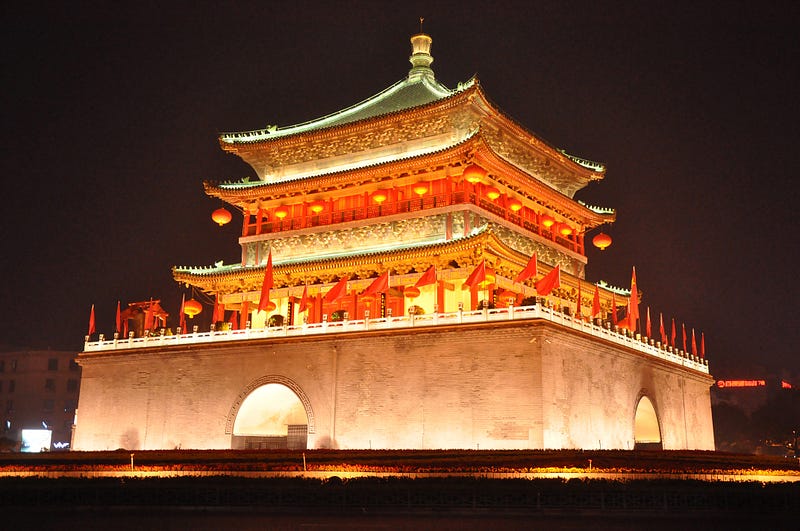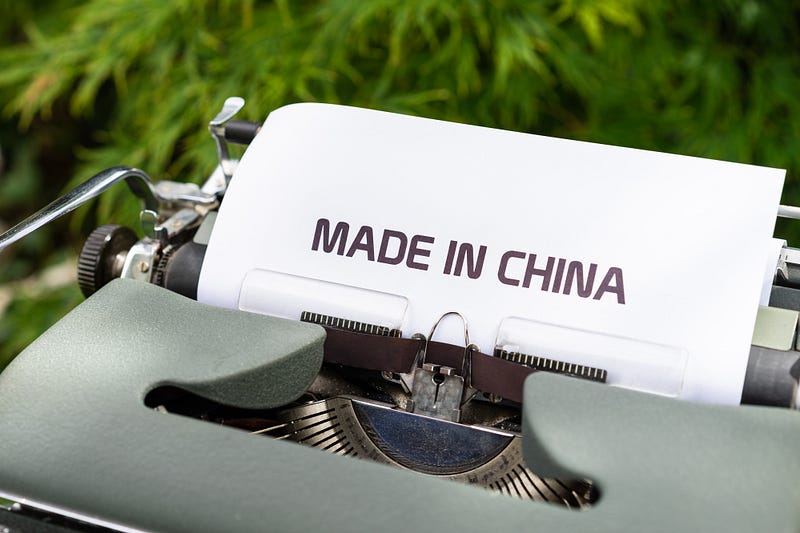
Dear Readers,
Thank you for coming here!
Xiaomi announced on 28th Dec its second flagship this year — Mi 11.
It is no doubt a great phone with top-nudge screen and performance. What’s better, the thickness and weight both improved, which have not been Xiaomi’s strength.
The details are all over the web, so I won’t waste your time here.
What did catch my eye was how Xiaomi dealt with removing the charger to protect the environment.
Instead of “telling” you the charger will no longer be included for the good of everyone, Xiaomi gave its customers “well-designed” options.
- “Standard” Edition: without charger and cable — Price: 3999RMB
- “Combo” Edition: with charger and cable — Price: 3999RMB

It is “Well-designed”!
1.It shows respect to its customers
Xiaomi is giving its customers options. If you still need the charger and cable, there you have them. If you do not, then you are encouraged to choose the standard edition.
Compared to Apple on this and so many other things, this is respect to customers.
2.It takes care of the actual needs of its customers
Environment-friendly or not, will people still need chargers?
Absolutely!
Chargers do break, get outdated or simply get lost.
What’s more, the latest charging technology mostly still has hardware requirements for customers to enjoy the best charging speed.
And Apple should be particularly aware of that.
Older generation iPhone chargers came with USB ports, but the cable of iPhone 12 series comes with USB-C connection.
So how can Apple customers reuse their chargers?
When there are 100 millions phones in the market and only 50 millions usable chargers, something is wrong.
People either need to buy cables or chargers.
With Xiaomi, if you need them, you have them.
3.It leaves the sense of “Honor” to its customers
Protecting the environment is a good thing and should rest on everyone’s shoulder.
However, being forced to suffer losses for the sake of the environment does not exactly make people feel comfortable, even if that is the right thing to do.
This whole removing charger thing from Apple, how much of that is from environmental perspective and how much of that is from business perspective, I am not sure.
But in general, no one likes being forced.
Xiaomi’s options say if you would like to contribute to the protection of the environment, please order the “Standard” edition. You do not save money, but you have done something for the greater good.
If I do not need the new charger or cable, I would order the “Standard” edition.
Everyone has the desire and willingness to do good. Me too!
And most importantly, it is my conscious decision and I feel the sense of “Honor” in doing that.
Furthermore, it might even inspire me to do more for the environment, such as being more mindful with recycling, which the government is encouraging with free recycle bins and all.
Brilliant, Xiaomi!
4.It takes away of the feeling of “Loss” from its customers
Traditionally, phones have always come with chargers.
When it is taken away, people perceive as losing something they already have, which triggers the “Hate of Loss”.
Xiaomi takes it another way around.
If you want it, you get free charger and cable. So instead of “Losing”, you “gain” free staff.
Smart marketing tricks!
5.It draws more attention to the charger
You get the charger for free in a separate package, which naturally draws more attention to the charger.
And it is not just any charger. It is GaN charger!
What is GaN? I have absolutely no idea at all!
But I noticed it.
What if it is just a charger that comes with the phone inside the same box? No one would even look at it even if it is also GaN.
This is marketing! Xiaomi could offer the same chargers for the open market and even for other phones.
After a quick search, I got to know that GaN is a type of material that produces less heat.
What if Xiaomi chooses a more environment-friendly material next time? Would that become the new standard? Would that not contribute more to environment?
Again, Brilliant!
With this kind of “Customer-Friendly” brand image, combined with extreme cost and performance optimization, it is not hard to believe that Xiaomi will continue to grow both in China and abroad.

The Rise of Chinese Brands
If we look at the grand scheme of things, Chinese Brands, like Xiaomi, are taking more and more share of the mobile hardware market.
In China, as early as 2014, Xiaomi already overtook Samsung as the #1 brand. And till today, the only significant non-Chinese brand in the market is Apple. Samsung share is well below 1%. It is now a blood bath between Chinese brands.
In India, top 5 brands are all Chinese brands, except Samsung which ranks 3rd.
In Europe, top 5 brands are all Chinese brands, except Apple and Samsung. With Huawei ban, Chinese brands have a tougher way to go. However, declined Huawei sales is mainly being taken up by Apple and the other Chinese brands, not Samsung, which was a bit surprising to me.
Looking at the world overall, it has long been a battle among Apple, Samsung and Chinese Brands.
Actually, Huawei briefly overtook Samsung as the World’s #1 brand in terms of volume shipped in Q2 this year, before the impact of the ban really kicked in.
Going forward, the blood bath within the Android segment is only going to intensify, with Huawei, Xiaomi and Vivo all rushing to the high-end segment which Samsung used to dominate.
Apple will still occupy the best position for the years to come!
But Chinese brands will probably continue to rise and will be probably the most interesting group to observe in the years to come.

The Rise of “Made in China”?
Will the rise of Chinese brands in mobile hardware market be somewhat a signal that we will eventually see the rise of “Made in China”?
I do not know, but I have a logic argument to support it.
Mobile hardware industry is very competitive and rapidly changing. It takes as short as a few years for the dominating player to change. Just think of Nokia.
The pace of change is far quicker than the traditional “Made in China” industries.
This is a key characteristic, because it allows new players to quickly come up on top.
In traditional industries, it will take much longer for new players to obtain the dominating position.
So maybe “Made in China” is still on the way to rise. It simply needs more time.
China opened up a little over 40 years ago. Compared to 100+ years brands in the west, Chinese brands are very young and are still catching up.
It could be eye-opening to look at the corporate landscape in 10, 20, 30 years.
Till next time!
No comments:
Post a Comment